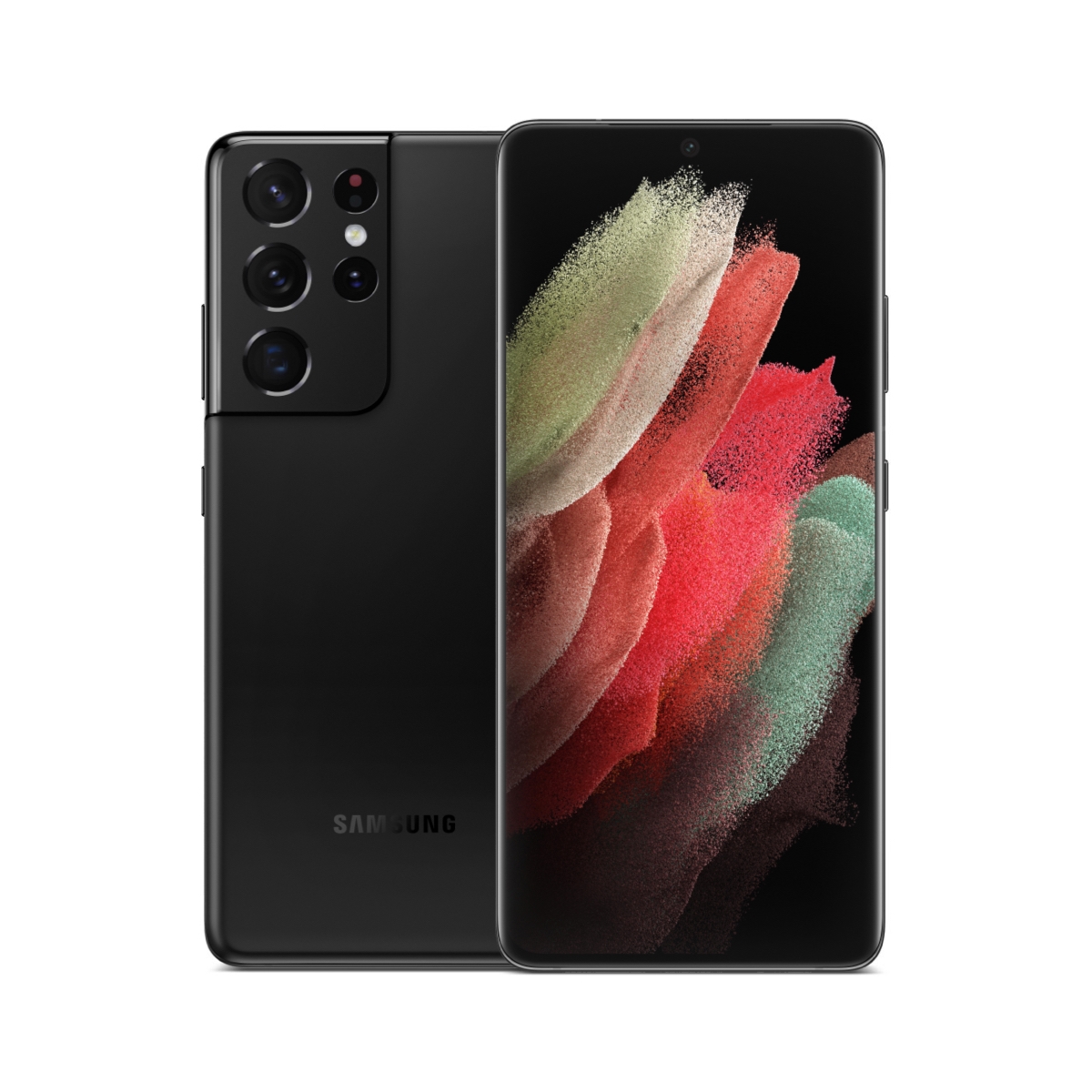Samsung Galaxy Note20 Ultra 5G 128GB in Mystic White (Unlocked)(SM-N986UZWAXAA)
Discover the Samsung Galaxy Note20 Ultra 5G 128GB (Unlocked) in Mystic White, the phone for business that works seamlessly with popular business tools, and lets you work however is best for you.
Choose Your Best Network
Now you can easily optimize cellular and Wi-Fi connectivity by accessing the best network and plan at the moment,17 and stop paying more than necessary with monthly plans. Unlocked by Samsung smartphones work on most major U.S. networks and allow international business travelers to take advantage of lower local rates.
Shed the Bloatware
When you get an Unlocked by Samsung smartphone, it has no pre-loaded carrier apps, so your organization can deliver a more predictable and consistent experience across devices and have greater freedom to customize device software.
Adaptive Power That Meets Your Needs With an All-Day Intelligent Battery
The Galaxy Note20 Ultra 5G has a big battery. Big enough to last all day.1 But that’s not all, it’s also intelligent. The Galaxy Note20 Ultra 5G intuitively manages your app usage to conserve energy on its own, so you don’t need to. Rest assured that you can tackle those emails during the day and still be left with enough juice to tackle those even longer work days. And if you are running low on battery, get hours of power from minutes of charge5 with Super Fast Charging.
Multi-Task With the Best of Them, With Our Fastest Note Processor Yet
With faster processing power and faster graphic rendering, you get a supercomputer in the palm of your hand. Catch every idea, knockout work and collaborate remotely without slowing down.
A 5G Galaxy to Connect You and Your World
Keep connected to your world and work. 5G’s HyperFast connections create new ways of doing business and keeps remote and distributed workforces better connected. Do more with your Galaxy Note20 Ultra 5G—stream with virtually no lag, share and download large files in near real time. More bandwidth means better video conferencing for seamless collaboration across teams. And if you need to work away from the office, just create a 5G hotspot and be productive wherever you go, avoiding the risks of public Wi-Fi.
Pen Precision Meets PC Power With the S Pen
The refined S Pen is more powerful than ever. With a more true pen to paper feel, experience more responsive writing7 when taking notes or sketching out your ideas. Plus, with Air Actions you get intuitive control over your Galaxy Note20 Ultra 5G. Control the camera zoom, remotely swipe through your Gallery and even adjust the volume with just a flick of your wrist.
Additional information
| Main Display Resolution | 3088 x 1440 (Quad HD+) |
|---|---|
| Main Display Size | 174.5mm (6.9" full rectangle) / 173.3mm (6.8" rounded corners) |
| Dimension (HxWxD ,mm) | 164.8 x 77.2 x 8.1 |
| Weight (g) | 208 |






Reviews
There are no reviews yet.